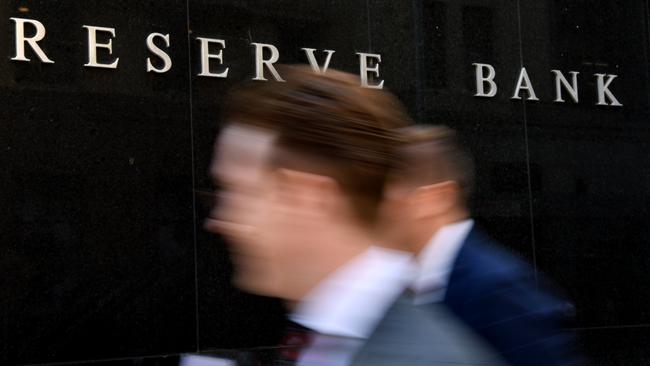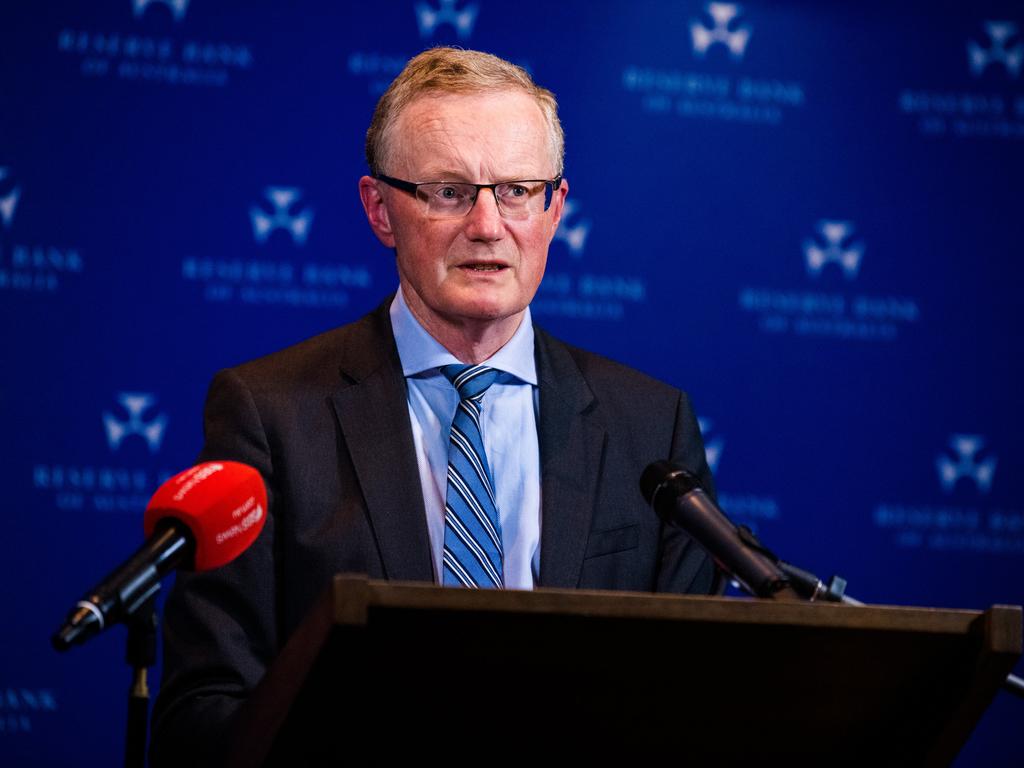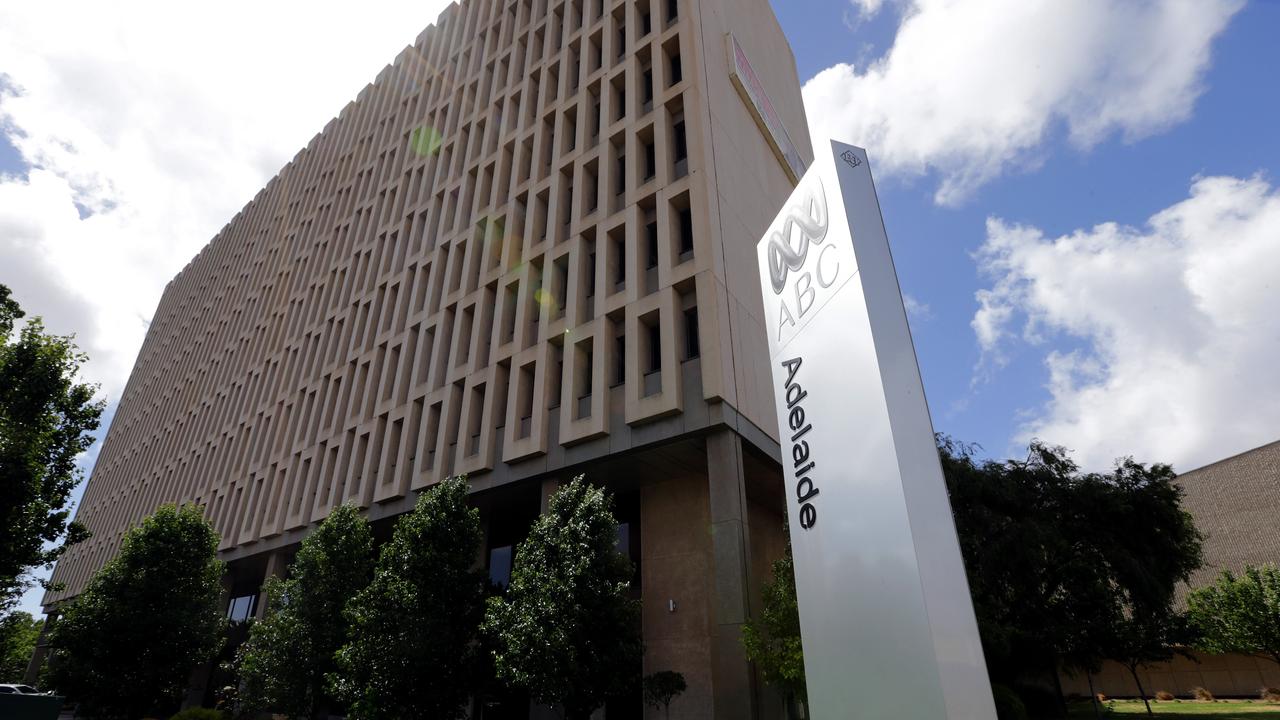Early rate hikes could test ‘household liquidity’
A Reserve Bank discussion paper has found that a rise in household liquidity has bolstered financial resilience even as debt to income surged.

Business
Don't miss out on the headlines from Business. Followed categories will be added to My News.
A Reserve Bank discussion paper has found that a rise in household liquidity has bolstered financial resilience even as debt to income surged.
That’s fortunate because market expectations of multiple Reserve Bank rate hikes starting in 2022 may be realistic, based on the fact that the central bank’s economic forecasts assumed “market pricing”.
Household liquid assets like cash, deposits and equities have risen strongly relative to income in recent decades. Surging house prices have led households to save bigger deposits, keep bigger buffers in case of income declines, and the process of debt repayment has been helped by lower interest rates and financial innovations like mortgage offset and redraw accounts.
“Overall, the rise in household liquidity appears to have increased the financial resilience of the household sector,” according to the paper by RBA economists Gianni La Cava and Lydia Wang.
In its quarterly Statement on Monetary Policy last week, the RBA said the latest economic data “do not warrant an increase in the cash rate in 2022”, pushing back against market pricing.
But if Australia were to abandon the emergency interest rate settings next year and extend tightening of lending standards in the property market amid a strong economic rebound and global inflation pressures, the perceived resilience of the household sector may be tested.
Whereas the Reserve Bank’s statement last week said the bank’s central scenario “could be consistent with the first increase in the cash rate being in 2024”, that may be more of a low-probability outcome because the forecasts assumed “market pricing”.
The statement also said that “in some other plausible scenarios, wages growth and inflation could be higher than implied by the central scenario” and “if this were to eventuate, an increase in the cash rate in 2023 could be warranted”.
But according to CBA’s head of Australian economics, Gareth Aird, those “upside scenarios” would obviously be more likely to be achieved if the RBA had not assumed interest rate hikes.
In regard to the chance of rate hikes starting in 2023 or 2024, the RBA said potential scenarios “could be consistent” and “could be warranted”, respectively.
But perhaps rate hikes starting in 2023 are more likely and hikes in 2022 can’t be ruled out.
Aird says the fact that the RBA’s central outlook assumed “market pricing” for the cash rate makes it “inconsistent” with its assertion that it “could” be consistent with hikes starting in 2024.
When the RBA’s forecasts were finalised on November 3, the money markets had priced about 100 basis points of hikes to the cash rate in 2022 and another 60 basis points in 2023.
The central scenario and underpinning assumption on the cash rate mean that at end-2023 the RBA sees inflation at 2.5 per cent and wages growth at 3 per cent with a cash rate of 1.75 per cent.
“This seems completely inconsistent with the line that the board sees the first increase in the cash rate being in 2024,” says Aird.
According to the RBA, lowering the cash rate by 100 basis points leads to GDP being 0.5 to 0.75 percentage points higher than it otherwise would be over the course of two years, while inflation typically rises by a bit less than 0.25 points per year over two to three years.
Raising the cash rate by 100 basis points should lead to GDP being 0.5 to 0.75 percentage points lower than it otherwise would be over the course of two years, with inflation typically lower by a bit less than 0.25 points per year over two to three years.
“More generally, the RBA has said that estimates suggest that it takes between one and two years for changes in the cash rate to have their maximum effect on economic activity and inflation,” Aird says.
“This means that rate hikes in 2022, implied by market pricing which underpinned their central scenario, would have a material influence on the forecasts for GDP and inflation in 2023.”
In his view the Reserve Bank should construct its central scenario for the economy using the assumption that the cash rate is unchanged if the bank’s board is going to use the outcomes of the central scenario as the basis for forward guidance on the cash rate.
“This is particularly important when the market has priced a tightening cycle that should have a non‑trivial impact on the RBA’s forecasts for GDP, unemployment, inflation and wages, which therefore influences the forward guidance,” he says.
A shift in assumption to an unchanged cash rate over the forecast horizon would lift the GDP profile 0.5 percentage points in 2023, and underlying inflation and wages growth in 2023 would rise 0.25 percentage points.
“By end‑2023 it could be argued that the Reserve Bank should lift their profile for underlying inflation by 0.5 percentage points given the extent of tightening priced in at the time they constructed their central scenario,” Aird says.
“An upward revision to the RBA’s inflation profile in the central scenario based on an unchanged cash rate assumption would almost certainly see the RBA’s conditional forward-based guidance on the cash rate shift from a rate hike in 2024 to a rate hike in H2 2023.
“But making this change would improve the link and transparency between the RBA’s economic forecasts and their forward-based guidance on the cash rate which is very important for a lot of Australian households and businesses.”
More Coverage
Originally published as Early rate hikes could test ‘household liquidity’





